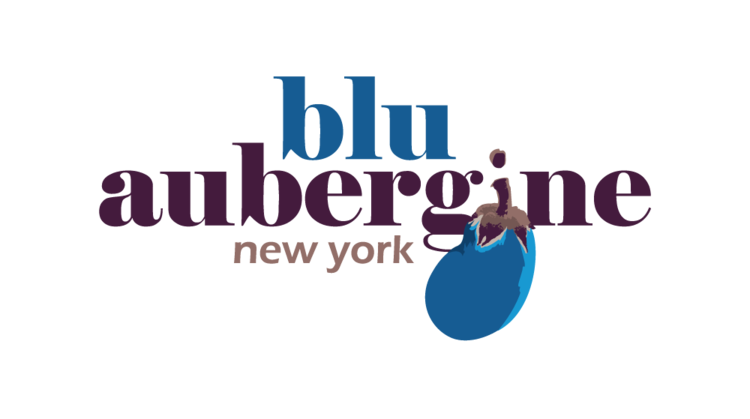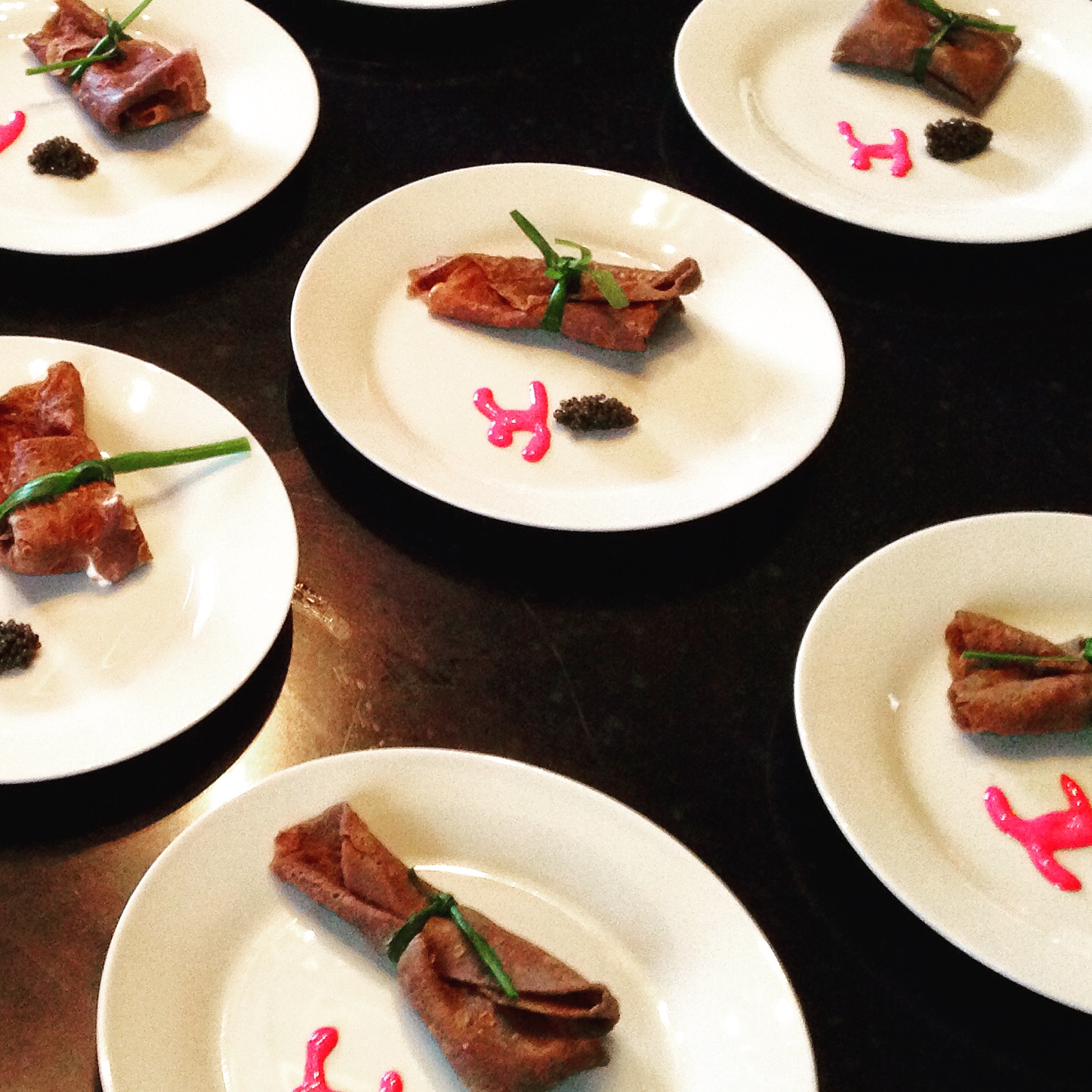It's taken me several days to process what happened in the Paris attacks. And while, unfortunately, these attacks in the French capital are not the only horrible terrorist events to have happened recently, they are getting a lot of attention because they were foisted on an innocent public used to freedom, liberty, and a very sophisticated standard of living, and because, well, Paris is Paris. This does not diminish the gravity of the attacks in Lebanon, or over Sinai, or in Africa or Syria or anywhere else around the world. My heart goes out to all victims of terrorist attacks, of any nationality, and these attacks are all too frequent. But today, here on the blog, in honor of the French and particularly the food culture they've given the rest of the world, I am dedicating this blog post to French cuisine. And in particular, the crepe.
I was schooled in classic French cuisine as the gold standard in culinary school. Still, I am an Italophile myself, admittedly preferring the Italian way of doing most things over the French way -- when you're able to tell the difference, that is (in reality, that's only about half of the time). But I'll readily admit that the French have contributed many amazing things to the world, not the least of which is French food. They've given us a number of dishes that no one else, in my opinion, has been able to equal or improve upon, items like: cassoulet, choucroute garnie, beef tartar...escargot with butter and parsley, pissaladiere, salade nicoise...chocolate mousse, the croissant, the baguette, and bread and patisserie in general. If you're not familiar with any of the dishes I mentioned, look them up, and then go eat them. The sooner the better.
Now, back to the crepes. These are light, thin little pancakes that differ from your fluffy breakfast variety with the addition of melted butter. Crepes can be prepared to be either savory or sweet. They can be filled with bananas and drizzled with dark chocolate sauce. They can be covered in a mixed berry sauce. They can be topped with a sugary butter, and doused in orange juice and Grand Marnier and set aflame for Crepes Suzette.
In New York, we have a bakery called Lady M that makes crepe cakes: multi-layered affairs with chocolate icing in between the layers, or made with the addition of green tea in the crepes themselves and in the filling between the layers. This is not a bad way to go for a special occasion dessert, and it's not difficult to do yourself at home. Then there are the delicious Nutella-filled crepes (they go really well with raspberries or strawberries): the Italian-ification of a sweet crepe dessert.
As for savory crepes? Well, there's the famous beggar's purse: a small crepe filled with creme fraiche and caviar, tied with a chive, made famous by the Quilted Giraffe restaurant in Manhattan. I made a version of those crepes at a recent pop-up dinner (Chanel 'beggar's purses'). Of course savory crepes are great as breakfast or brunch dishes. They're great "containers" for eggs and ham and cheese, a very French trio indeed.
And the Italians eat savory crepes in place of pasta, sauced in a casserole in favorite comfort food dishes like crespelle alla fiorentina (crepes filled with a ricotta and spinach mixture, rolled, and sauced with some besciamella and/or tomato sauce, and baked in the oven like lasagna). They can be stuffed with anything, really -- sauces, pasta fillings, meats and cheeses, vegetables and more vegetables. The crepe is like a blank canvas, and on this basic, gorgeously light and thin pancake, we can create whatever we decide we'd like to eat, or to celebrate. It's all up to you, to us. Vive la France! Vive la crêpe!
Crepes
(Makes 12-16 crepes, for 4 8 people)
1 cup AP flour
Pinch of salt
1 ¼ cups whole milk
2 eggs
2 TBSP. melted cooled butter, plus few tablespoons unmelted
-Combine the flour, salt, and milk and beat with a whisk until smooth.
-Beat in the eggs and stir in the melted butter until blended.
-If time allows, set in the fridge for an hour or so to allow the batter to rest.
-Place a small non-stick skillet with shallow sides over medium heat. When a drop of water skitters over the surface before evaporating, add a pat of butter.
- Ladle about a tablespoon of batter into the pan and swirl it around quickly and evenly so that it forms a thin layer on the bottom of the pan. (Pour excess batter back into the bowl if there is any).
-The batter will dry pretty quickly. When the batter is no longer a liquid on top, in a minute or less, turn the crepe and cook it on the other side for 15-30 seconds. The crepe should brown only slightly and not become crispy. Repeat with the rest of the batter.
- To serve savory crepes, fill with any combination of vegetables, cheese, ham, etc. Fold and roll. They can be eaten as is, or arranged side-by-side in a baking dish and covered with brown butter, or besciamella sauce, or tomato sauce, or any sauce you’d like.
- To serve sweet crepes, fill with jam, honey, ricotta cheese or mascarpone cheese, Nutella, chocolate, fruit, whipped cream – in any combination. Or simply sprinkle with sugar and a bit of fresh lemon juice.
- Alternatively, one way Italians serve crepes is to roll them up and slice them (like a basil chiffonade), then open them up and have a kind of crepe pasta – which can then be tossed with any kind of sauce.




















